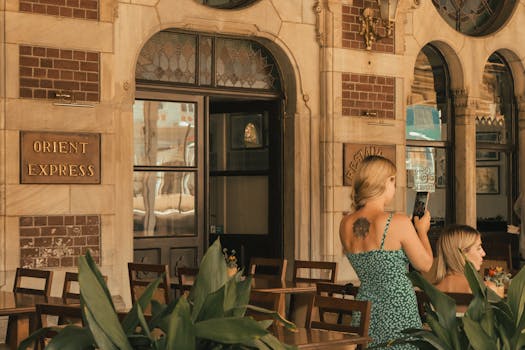
Traveling Through Time: How Europe’s Historical Heritage Shapes Modern Lifestyles in 2025
Traveling Through Time: How Europe’s Historical Heritage Shapes Modern Lifestyles in 2025. Europe, a continent steeped in history and culture, has a profound impact on modern lifestyles. From the intricate architecture of ancient buildings to the delectable cuisine that has been passed down through generations, Europe’s historical heritage continues to shape the way we live, work, and interact with one another in 2025.
Introduction to Europe’s Historical Heritage
Europe’s historical heritage is a treasure trove of experiences, with each country offering a unique glimpse into the past. The continent is home to some of the world’s most famous landmarks, including the Eiffel Tower, the Colosseum, and Big Ben, which attract millions of tourists every year. But Europe’s historical heritage is more than just a collection of old buildings and monuments; it is a living, breathing entity that continues to influence modern lifestyles.
The Impact of Historical Heritage on Modern Lifestyles
So, how does Europe’s historical heritage shape modern lifestyles in 2025? One of the primary ways is through architecture. Many of Europe’s cities are filled with historic buildings, from medieval castles to Renaissance palaces, which have been beautifully restored and repurposed for modern use. These buildings not only provide a glimpse into the past but also serve as a reminder of the importance of preserving our cultural heritage for future generations.
Cultural Influence and Time Travel
Europe’s historical heritage also has a significant impact on modern lifestyles through cultural influence. The continent is home to a diverse range of cultures, each with its own unique customs, traditions, and values. From the flamenco music of Spain to the folk dancing of Ireland, Europe’s cultural heritage is a rich tapestry of experiences that continue to shape modern lifestyles. Furthermore, the concept of time travel has become increasingly popular in 2025, allowing people to explore and experience different time periods and cultures in a more immersive and interactive way.
Conclusion
In conclusion, Europe’s historical heritage continues to shape modern lifestyles in 2025, from architecture to cultural influence. As we move forward in time, it is essential that we preserve our cultural heritage for future generations, while also embracing the benefits of time travel and cultural exchange. By doing so, we can ensure that Europe’s rich history and culture continue to thrive and inspire us for years to come.





